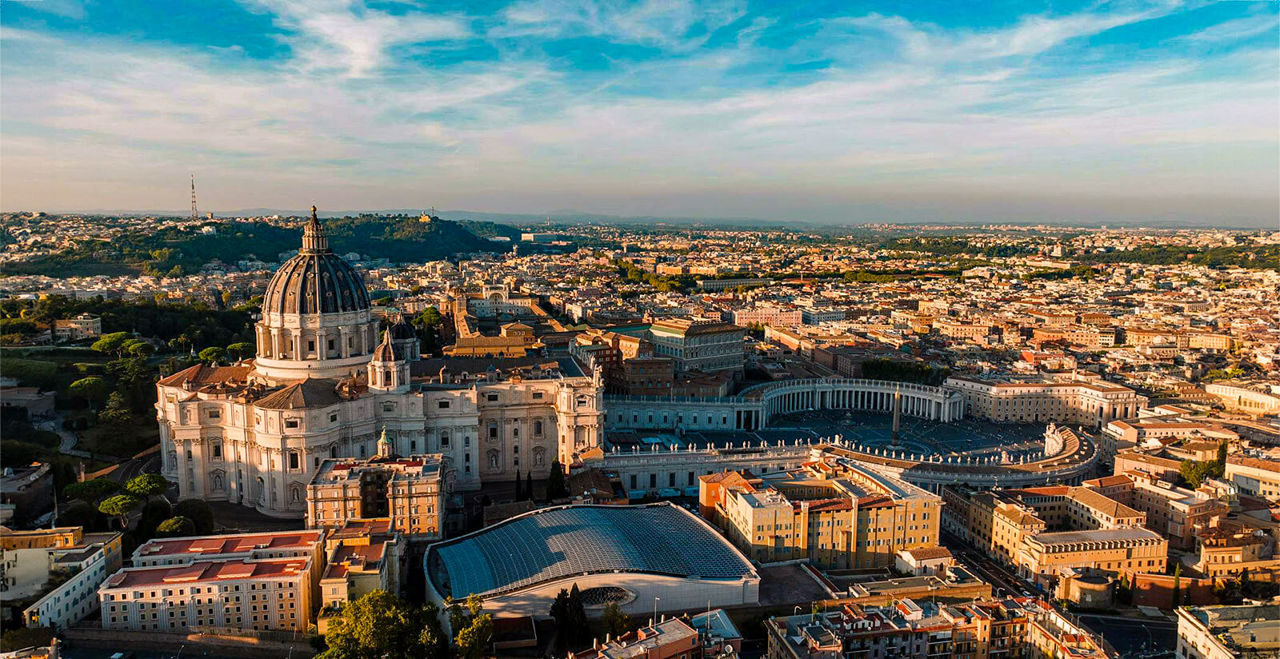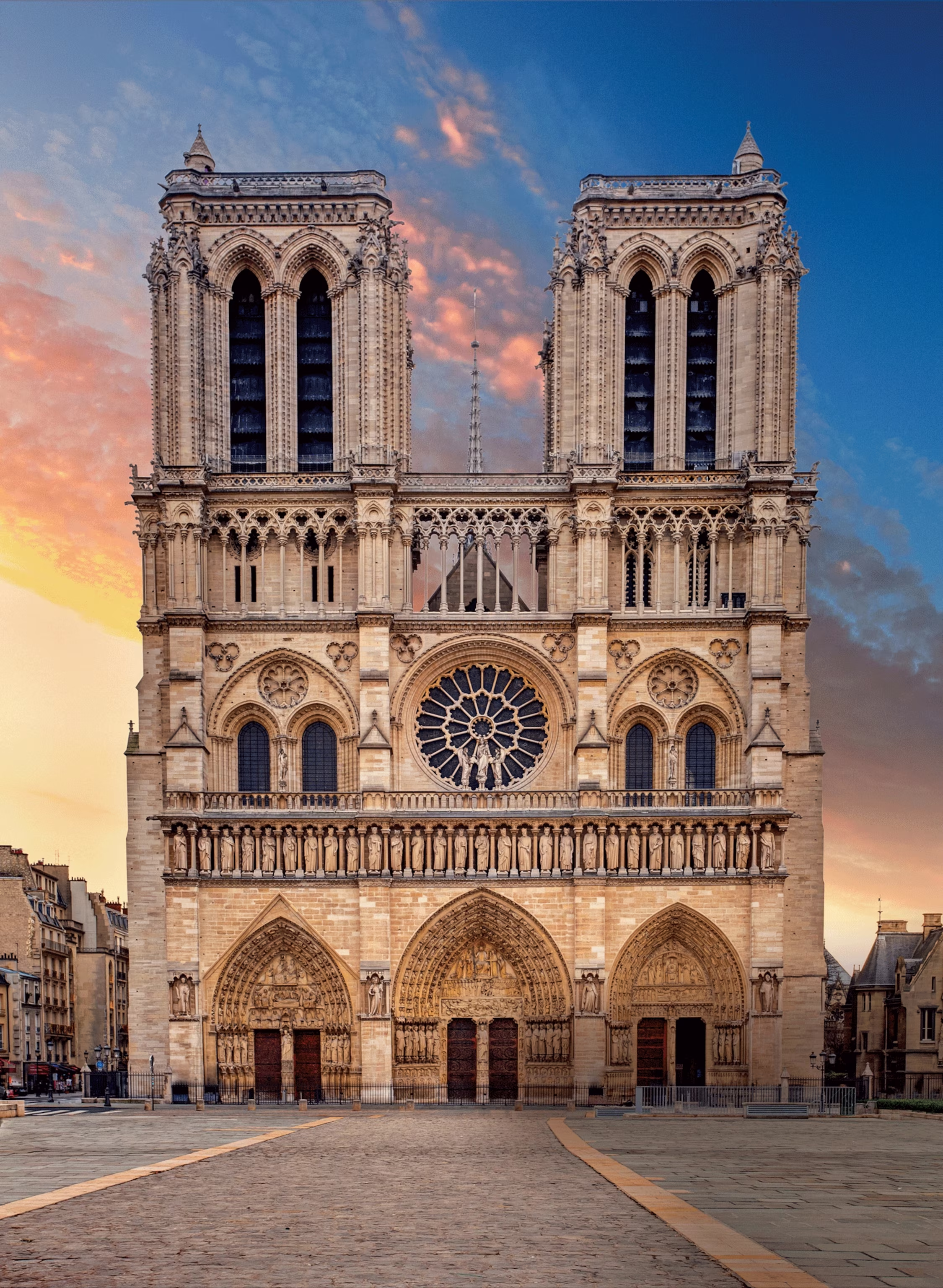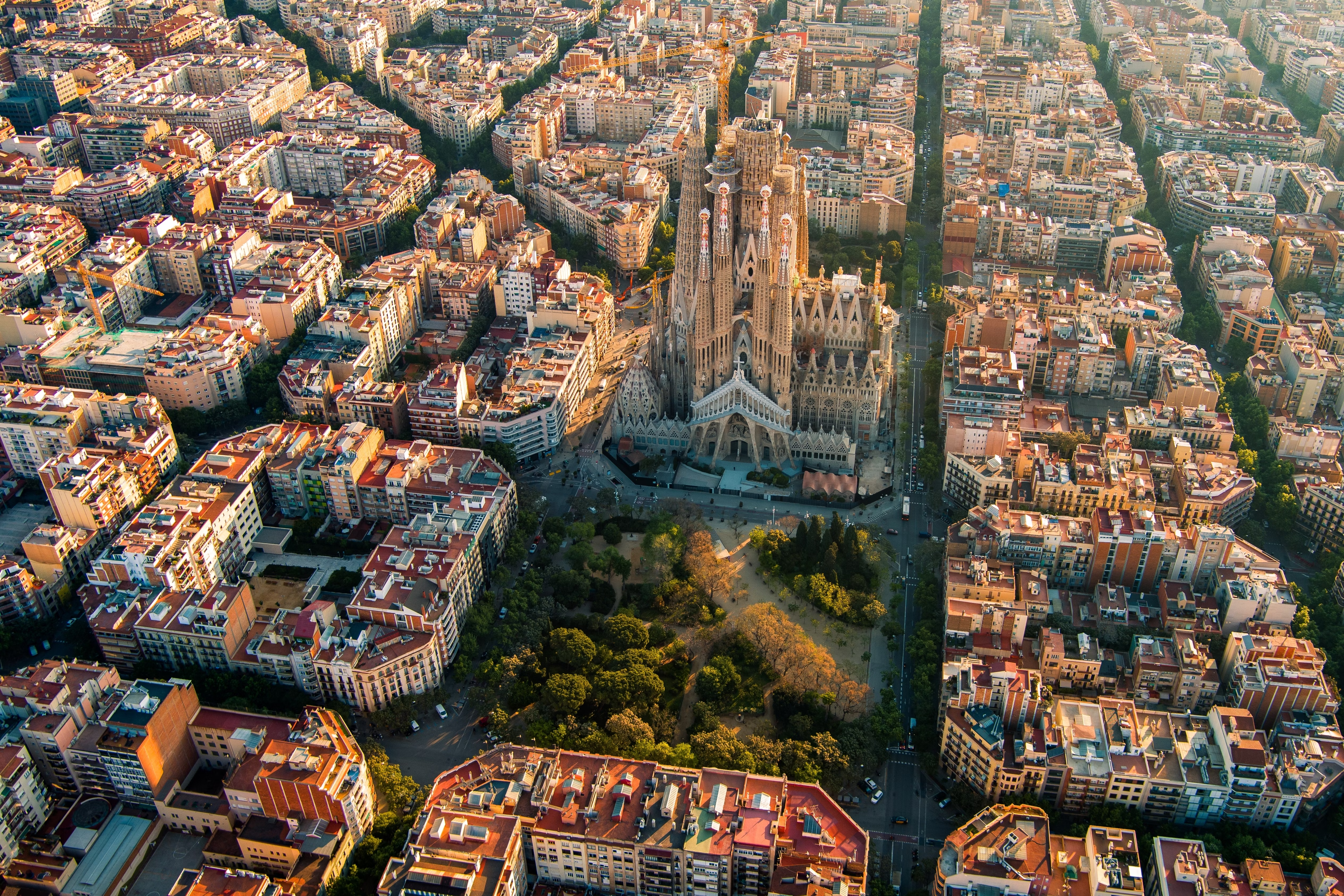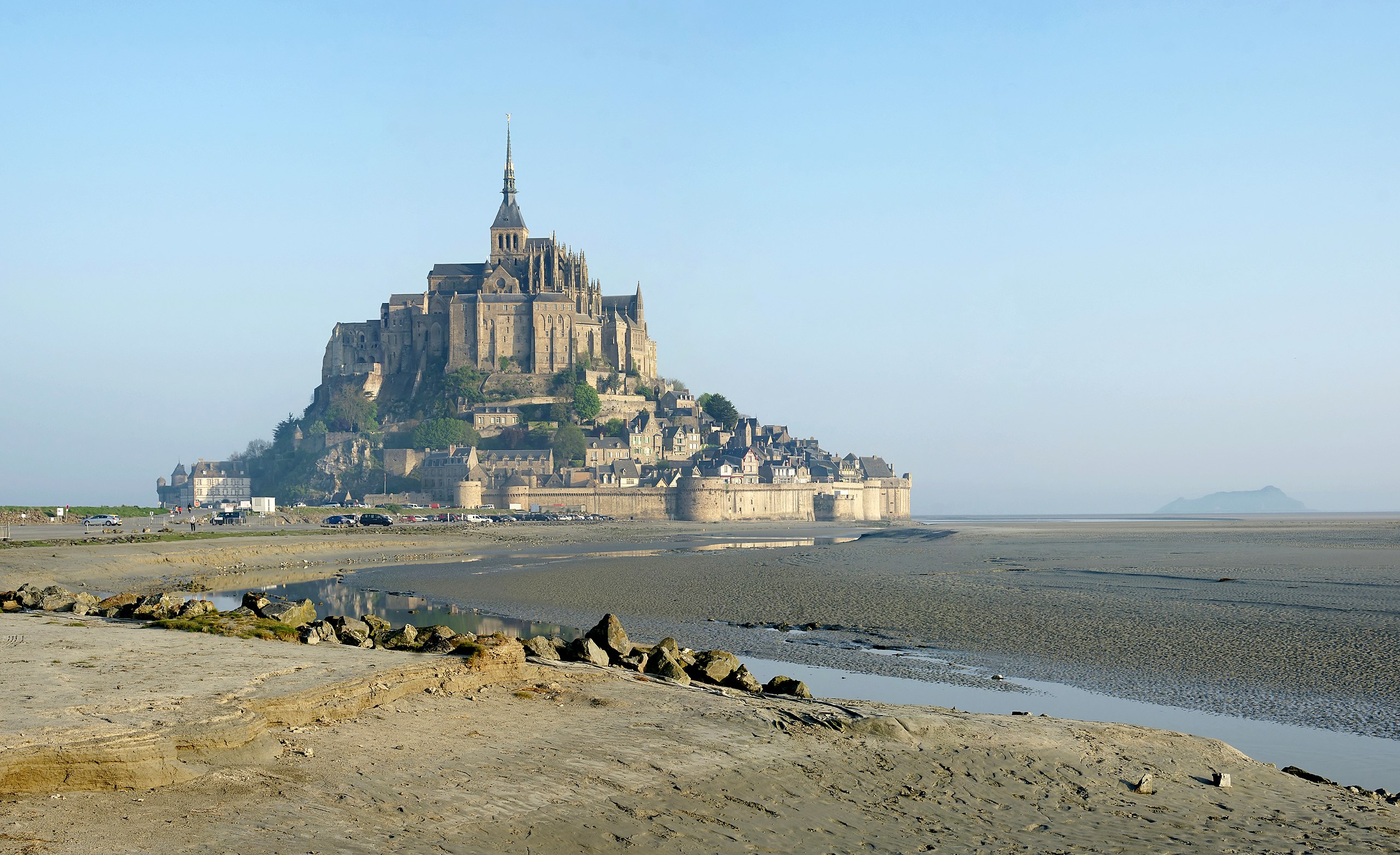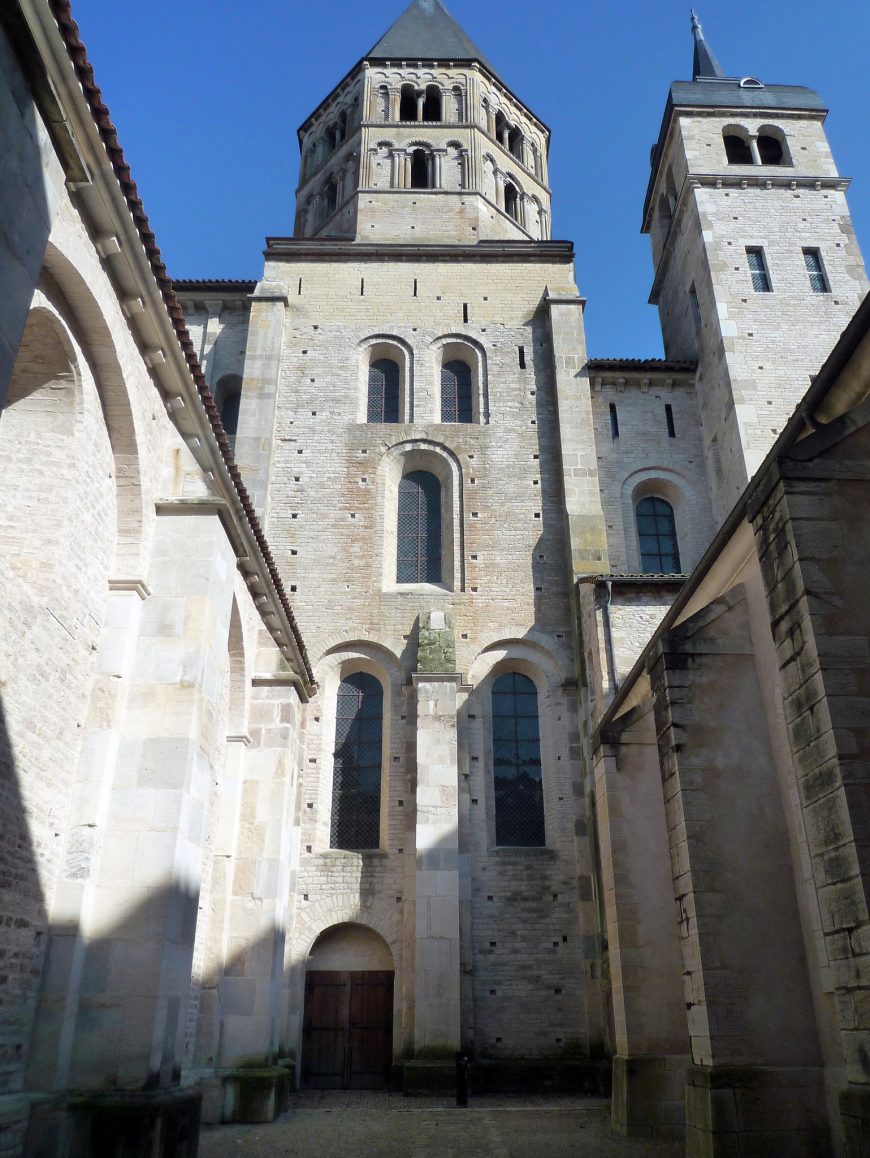
Cluny Abbey
Formerly the largest monastery in the Western world, Cluny Abbey was a major center of monastic life and a powerful influence on the Church during the Middle Ages. Though largely destroyed after the French Revolution, its remains showcase impressive Romanesque architecture.
Historical Context
Cluny Abbey was constructed during the romanesque period, specifically between 910 (major construction 10th-12th centuries). This era was characterized by significant developments in architectural techniques and religious expression.
The construction was commissioned by the monastic order and took place during a time of significant religious and cultural development. The building has survived through centuries of history, witnessing the French Revolution, World Wars, and modern restoration efforts.
Over the centuries, Cluny Abbey has undergone several renovations and restorations, each adding to its historical significance while preserving its original character and purpose.
